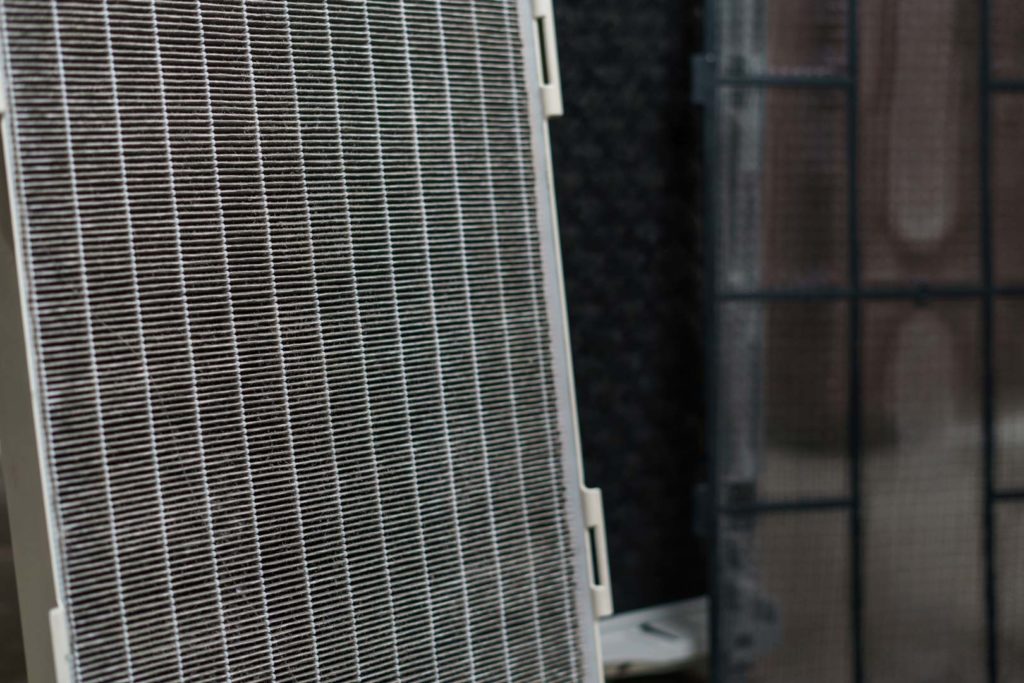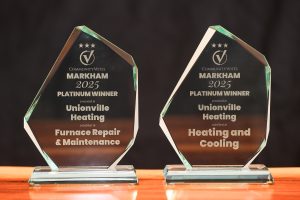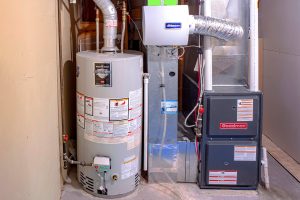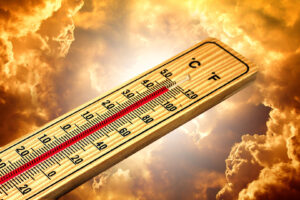Unionville Heating and Air Conditioning is continuously monitoring and gathering information to provide their customers with the best recommendations and implementation for residential HVAC systems. Our goal for learning about advancements in technology is to apply these learnings to help keep us all safe. We care!
This bulletin is issued by ASHRAE to address the COVID-19 pandemic and it’s effects on HVAC
The American Society of Heating, Refrigerating and Air-Conditioning Engineers, (ASHRAE) is a global professional society of over 55,000 members committed to serve humanity by advancing the arts and sciences of heating, ventilation, air conditioning, refrigeration and their allied fields. ASHRAE has established a Task Force to help deploy technical resources to address the challenges of the COVID-19 pandemic and possible future epidemics as they relate to the effects of heating, ventilation, and air-conditioning (HVAC) systems on disease transmission. Guidance and building readiness information for different operational conditions have been developed for several building types, including commercial; residential; schools and universities; and healthcare facilities.
Home is usually the safest indoor space and we stay there as much as possible to protect ourselves and to help mitigate the spread of COVID-19. ASHRAE recommends following CDC guidance on minimizing contact, wearing cloth face masks and creating a household plan. ASHRAE’s residential building guidance supplements the CDC guidance with general recommendations for minimizing virus transmission through the air using the home’s HVAC equipment and controls. ASHRAE’s website provides additional details and the most up-to-date information on residential buildings, as well as answers to Frequently Asked Questions. Please consult the full guidance for important details and consider reaching out to qualified design professionals for detailed analysis as needed.
- Maintain thermal comfort: Avoid extremes of temperature by operating and maintaining the building and the heating and cooling equipment to keep temperature and humidity in normal ranges, which are generally 68-78 Fahrenheit (20-25 Celsius) and 40-60% relative humidity.
- Filtration for Homes with Forced-Air Systems: Upgrade filters to high-efficiency filters (MERV 13 or the best the system can accommodate), if practical. Adjust the fan setting to run even if not currently heating or cooling.
- Ventilation (with outdoor air): Increase mechanical ventilation, if practical. If the house is not equipped with a mechanical system that provides whole house ventilation opening multiple windows is an acceptable alternative for a single-family home. Whole-house “summer cooling” fans or economizers may also be used to increase outdoor air ventilation. Weather may make this impractical at times.
- Restrooms: Operate exhaust fans in bathrooms, toilets and lavatories preferably continuously. Toilet lids should normally remain closed, especially prior to flushing. Do not allow plumbing traps to become dry.
- Air Purifiers: Stand-alone air cleaners (often called air purifiers) with HEPA particle filters can help remove suspended small airborne particles that can contain viruses and the fine particles typical of wildfires. When either is a risk, operate the device(s) continuously. In general, the larger the flow the better. Those with ultraviolet disinfection can further reduce virus risk.
- Multi-Family Homes: Minimize the use of open windows to limit the potential transfer of infective air from nearby apartments. Seal any large openings in walls or ceilings or gaps around plumbing or electrical penetrations that could allow air to flow into the dwelling unit from other units in the building.
- Create an Isolation Space for Infected Household Members: Barriers should be used between the isolated and common spaces. The isolation space should have flow into it from other spaces which can be achieved using exhaust fans temporarily installed in windows or bathroom exhaust fans if the isolation space has its own bathroom. Air purifiers should be considered.
- Create a Protected Space for High-Risk Household Members: Barriers should be used between the protected and common spaces. The protected space should have air flow out of it to other spaces which can be achieved using supply fans temporarily installed in windows. Air purifiers should be considered.
The information above is provided as a service to the public. While every effort is made to provide accurate and reliable information, this is advisory, and is provided for informational purposes only. They are not intended and should not be relied upon as official statements of ASHRAE.





